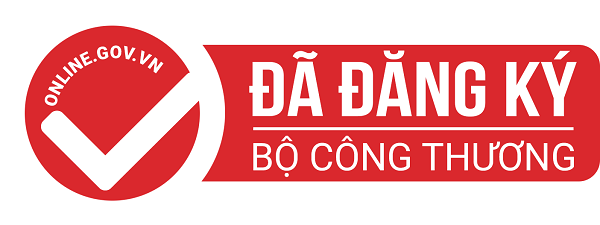The EU regulates the packaging requirements in Directive 94/62 / EC and the revised directives: enact all packaging into the EU market and all packaging waste. According to Annex I in accordance with regulation 94/62 / EC illustrating the sample of packaging: “Packaging means all products made from any material used to contain, protect or process the packaging. , distributing and displaying products, from raw materials to processed goods, from manufacturer to user or consumer. Non-recoverable packaging will be used for the same purpose as packaging. ”
According to the law, tea filter bags and cheese-covered wax layers, called "food contact ingredients", are considered to be non-packaging materials, while impulse wrappers Around a CD, paper or plastic container, or labels affixed directly to or attached to the product, are considered packaging.
To determine the appropriate packaging material, the following information is required:
- Weight of the product
- Size of the product
- Number of products wrapped in a carton
- Health status
- Odor
- Ability to stack
- Appearance
- Convenience in handling.
The regulations provide a number of essential requirements regarding all packaging consumed on the EU market as well as labeling and certification requirements (labeling material).
Provisions on food labeling Regulation 2000/13 / EC of the EU Law provides general provisions on the labeling of all food items, specifically as follows:
General requirements on food labeling:
- Name of the product
- Ingredients list
- The number of ingredients or type of ingredients
- Net weight
- Expiry date
- Special storage conditions or conditions of use: where appropriate (for example, for certain perishable products, store up to 4 ° C)
- Name and address of European manufacturer or packer or buyer / retailer: in case European consumers can seek additional information or file a complaint.
- Place of origin or place of origin: in the absence of such information it may be confusing for EU consumers.
- Instructions for use: in the case of unable to use food products properly without guidance.
- Alcohol concentration indicator: for beverages containing more than 1.2% alcohol
Detailed information on food labeling at the website:
http://www.cbi.eu/marketintel/EU-legislation-Food-labelling/160059
Vietnam Trade Office in Sweden




